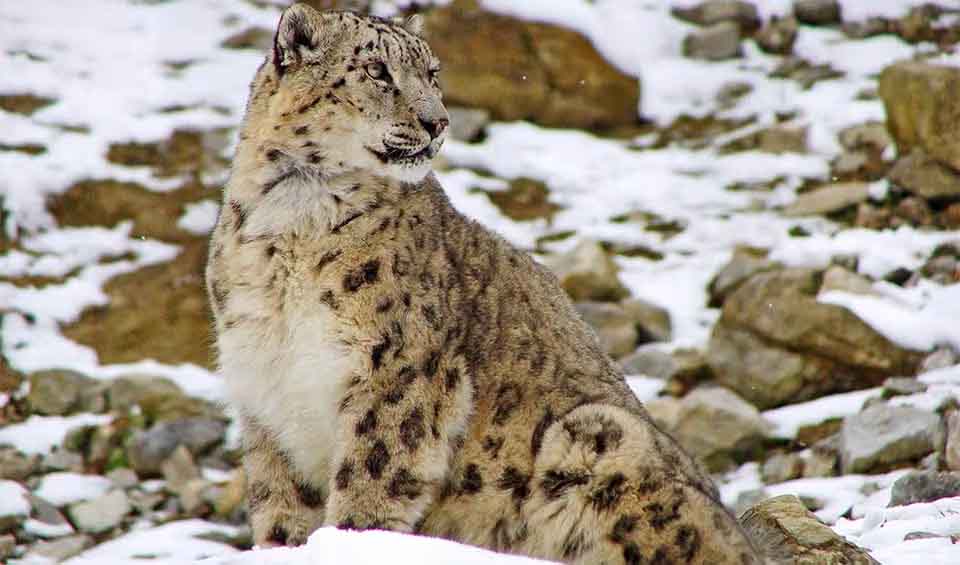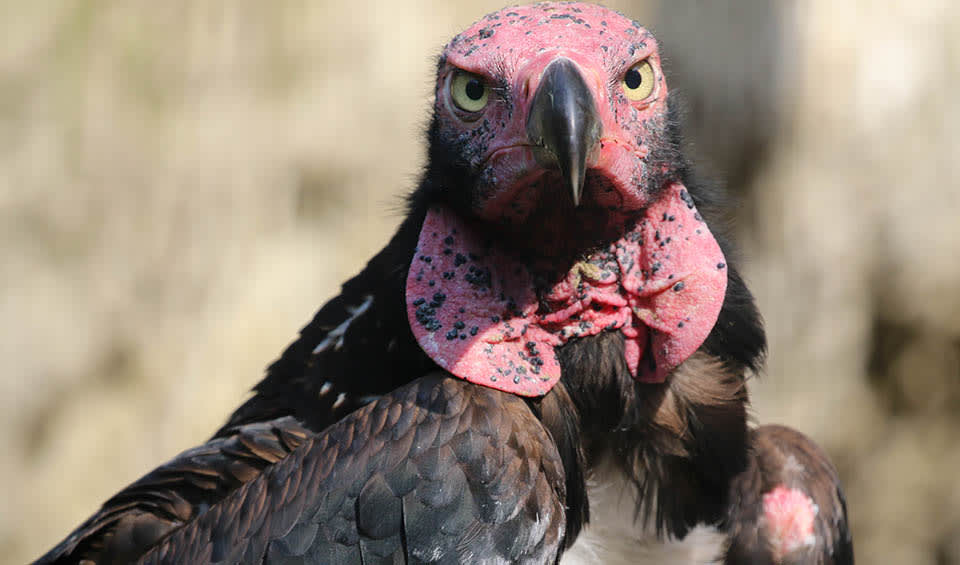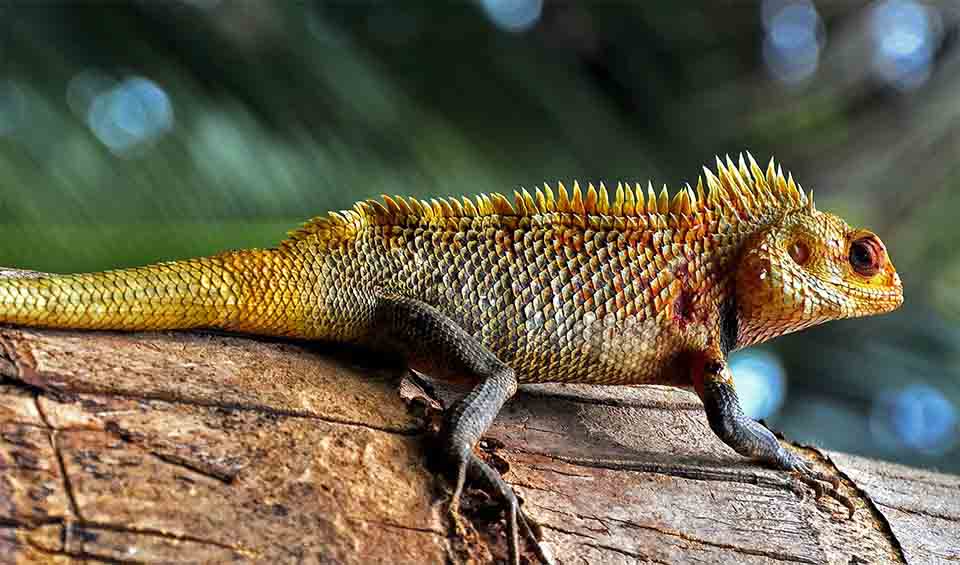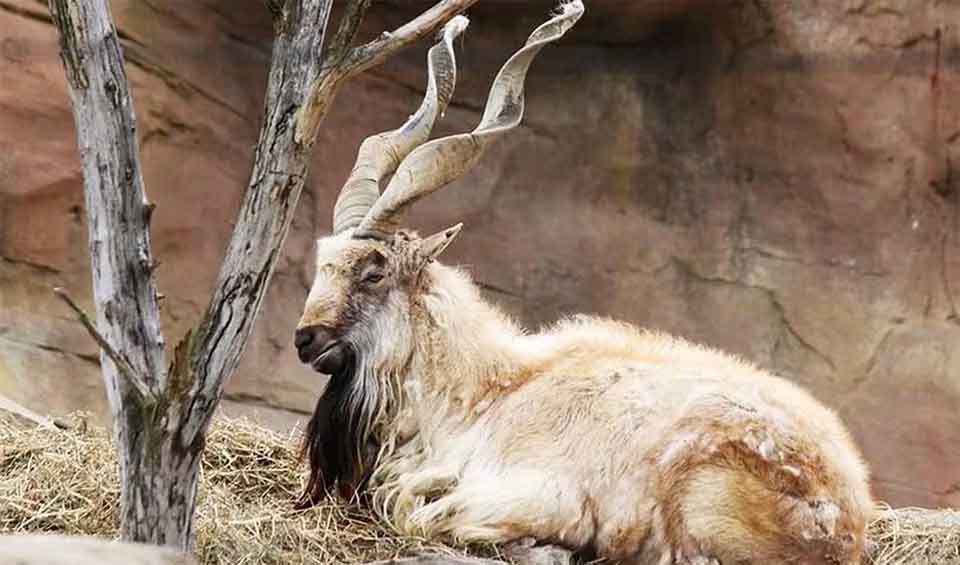Pakistan, situated at the crossroads of the Palearctic, Oriental, and Ethiopian zoogeographical regions and characterized by rapid changes in altitude, hosts some of the world’s rarest animals and plants. Its diverse landscapes range from mountainous regions in the north, home to the endangered snow leopard known for its distinctive coat and survival skills, to the southern stretches of the Indus River, where the unique Indus dolphin faces threats from barrage construction. The country’s significant Indus wetlands serve as a crucial habitat for waterfowl along the fourth major global bird migration route, the Indus Flyway.
With its wide variation in rainfall and geomorphology, Pakistan supports a vast array of ecosystems within a relatively compact area, including coastal zones, mangroves, forests, alpine pastures, glaciers, and over 200 significant wetlands, both natural and artificial, along with 19 Ramsar designated sites. These diverse environments contribute to Pakistan’s rich biodiversity, offering habitat to a wide variety of species.
Four pillars elaborated:
Pakistan has made notable strides towards meeting the 2020 Aichi Biodiversity Targets. These achievements include establishing a protected areas system covering over 10% of the country’s area, encompassing various habitats and ecosystems. While Pakistan has designated numerous national parks, game sanctuaries, and reserves, a review found that many did not meet international criteria, with some primarily aimed at controlling hunting. Additionally, botanical gardens and herbaria have been set up for ex situ conservation, and management of several national parks now integrates with broader landscapes, involving local communities in planning. Land Management
Land Management
Although there hasn’t been a comprehensive assessment of protected areas’ biodiversity status and management effectiveness, efforts by local communities and conservation NGOs have reportedly improved the conservation status of certain endangered species, notably ungulates, endemic reptiles, brown bears, and black bears, particularly in areas managed for trophy hunting.
Several activities are contributing to the loss of biodiversity in Pakistan, including deforestation, grazing, soil erosion, water diversion, hunting, overexploitation of plants, intensified agriculture, pollution, the introduction of invasive species, and climate change. The diversion of water for irrigation has particularly affected mangrove and riparian ecosystems. Hunting has heavily impacted the country’s game birds and animals, while fisheries face challenges from declining fish populations due to overfishing, habitat degradation, pollution, and climate change effects. Threats to Biodiversity
Threats to Biodiversity
Agrobiodiversity has suffered from soil degradation, waterlogging, salinization, intensified production methods, the introduction of new crop varieties, and increased use of agrochemicals. Lastly, pollution from untreated sewage and industrial waste disposal poses significant threats to aquatic and marine biodiversity.
Pakistan has prioritized biodiversity conservation through various policies and strategies, including the Biodiversity Action Plan (BAP) in 1999 and the National Biodiversity Strategy and Action Plan (NBSAP) 2017-2030, aligned with international targets and sustainable development goals. Efforts have integrated biodiversity concerns into policies like the National Climate Change Policy (2012) and the National Forest Policy (2015), emphasizing forest protection and sustainable agriculture. Capacity and Governance
Capacity and Governance
However, addressing poverty requires long-term sustainable management practices. Pakistan has also established a legislative framework, including the Pakistan Trade Control of Fauna and Flora Act, 2012, to protect and conserve biodiversity at both national and sub-national levels.
Pakistan has witnessed significant advancements in natural capital management, notably through the implementation of the Ten Billion Tree Tsunami Programme (TBTTP) aimed at forest restoration, community engagement, and green job creation. Additionally, the establishment of an Ecosystem Restoration Fund and plans for a “Debt for Nature” swap scheme highlight the country’s commitment to nature-based solutions and biodiversity conservation. The government’s ‘Protected Area Initiative’ aims to expand protected areas coverage and achieve global recognition for selected national parks, while a dedicated program focuses on protecting the snow leopard and its habitat, emphasizing integrated landscape management and community involvement. Future Trends
Future Trends
Biodiversity
Pakistan, located at the crossroads of South Asia, Central Asia, and the Middle East, boasts a rich and varied biodiversity due to its diverse landscapes and climatic conditions. Its northern regions, including Gilgit-Baltistan and Khyber Pakhtunkhwa, are not just home to some of the world’s highest mountains, including K2, the second-highest peak on Earth. They are also the last refuge for unique high-altitude flora and fauna. However, these species, such as the snow leopard, Himalayan brown bear, and Marco Polo sheep, are under threat due to climate change and human activities. The rich biodiversity of these regions, including various species of alpine plants, coniferous forests, and endemic flowers, is also at risk. It’s crucial to understand the importance of these regions and the need for conservation.The Indus River Basin, encompassing the provinces of Punjab and Sindh, is a vital ecological region. The river supports diverse wetlands and floodplains that provide habitats for numerous species of birds, fish, and mammals. The Indus River Dolphin, an endangered species, is found exclusively in the Indus River. The riverine forests along the Indus are home to species like the hog deer, wild boar, and various bird species, including the migratory Siberian crane and flamingo.
In the table below are the number of known species in several main groups, how many of these species are Threatened with extinction, and how many of them are Endemic (unique to Pakistan only):
| Species (World rank) |
Threatened | % Threatened | Endemic | % Endemic | |
|---|---|---|---|---|---|
| Mammals | 202 (#59) | 25 | 12.4% | 3 | 1.5% |
| Birds | 611 (#52) | 31 | 5.1% | ||
| Reptiles | 214 (#44) | 12 | 5.6% | 30 | 14.0% |
| Amphibians | 24 (#88) | 3 | 12.5% | ||
| Fishes | 724 (#80) | 92 | 12.7% | 31 | 4.3% |
| Plants | 5,297 (#63) | 12 | 0.2% | 21 | 0.4% |
mammals
Snow leopard
The vanishing big cat of the cold, rugged Himalaya mountains is being executed by the humans
Rhesus macaque
These mischievous monkeys are known to overrun villages in India as they steal food by breaking into a home
Asian black bear
In Vietnam, these bears are caught, crammed into tiny cages, have their teeth removed to extract bile – sold as “medicine”
birds
Red-headed vulture
The true eye-catcher is its head – completely bare with a shade of red, orange, or even yellow, depending on its age
Eurasian eagle-owl
These owls have specialized feathers that make their flight nearly silent
Indian peafowl
One of the most beautiful birds on Earth!
reptiles
Oriental garden lizard
A lizard with vibrant hues – a living canvas of green, brown, and sometimes even blue
Painted saw-scaled viper
A venomous and aggressive snake with the highest mortality rates in the areas of its occurrence
Gharial
A truly remarkable crocodilian on which rides the holy river Ganges
National Animals
Markhor
The largest of all goats and Pakistan’s national animal
Chukar partridge
The national bird of Pakistan and Iraq is known to improve degraded ecosystems by aiding in the dispersal and germination of seeds















